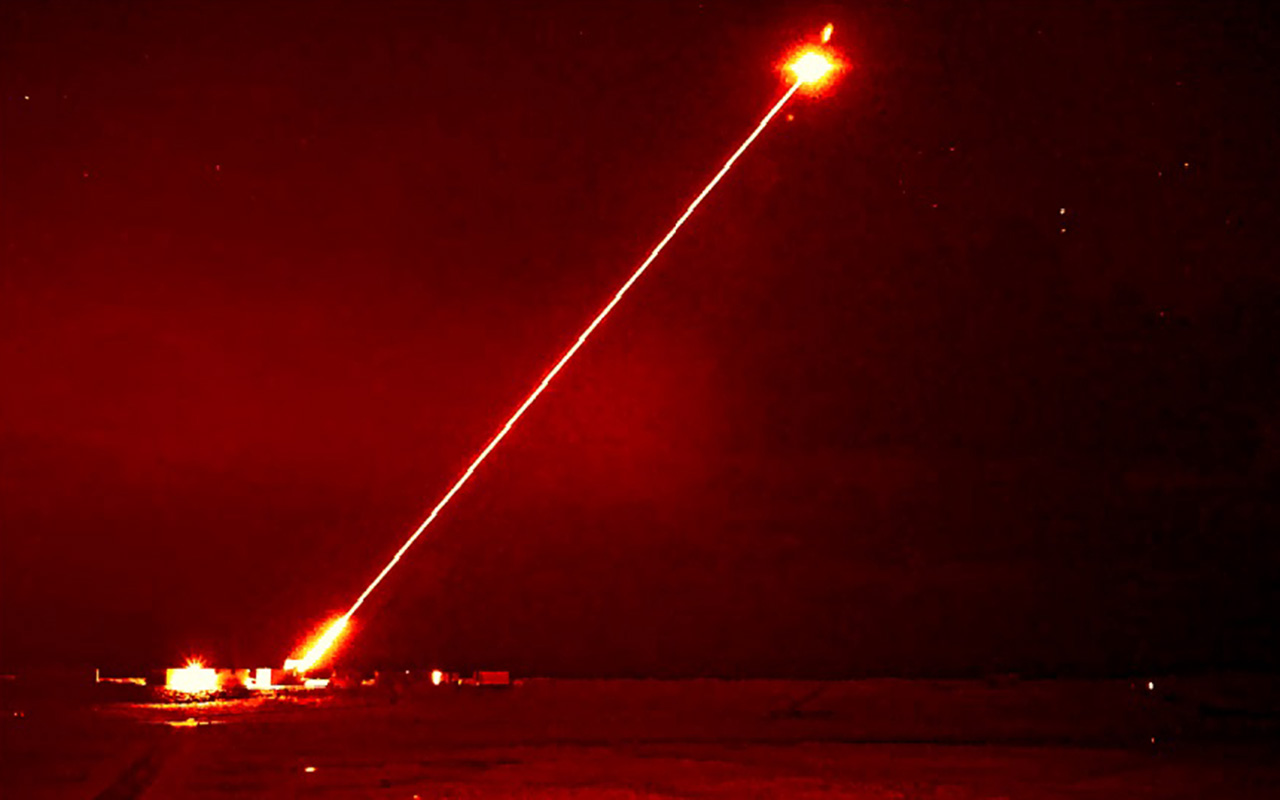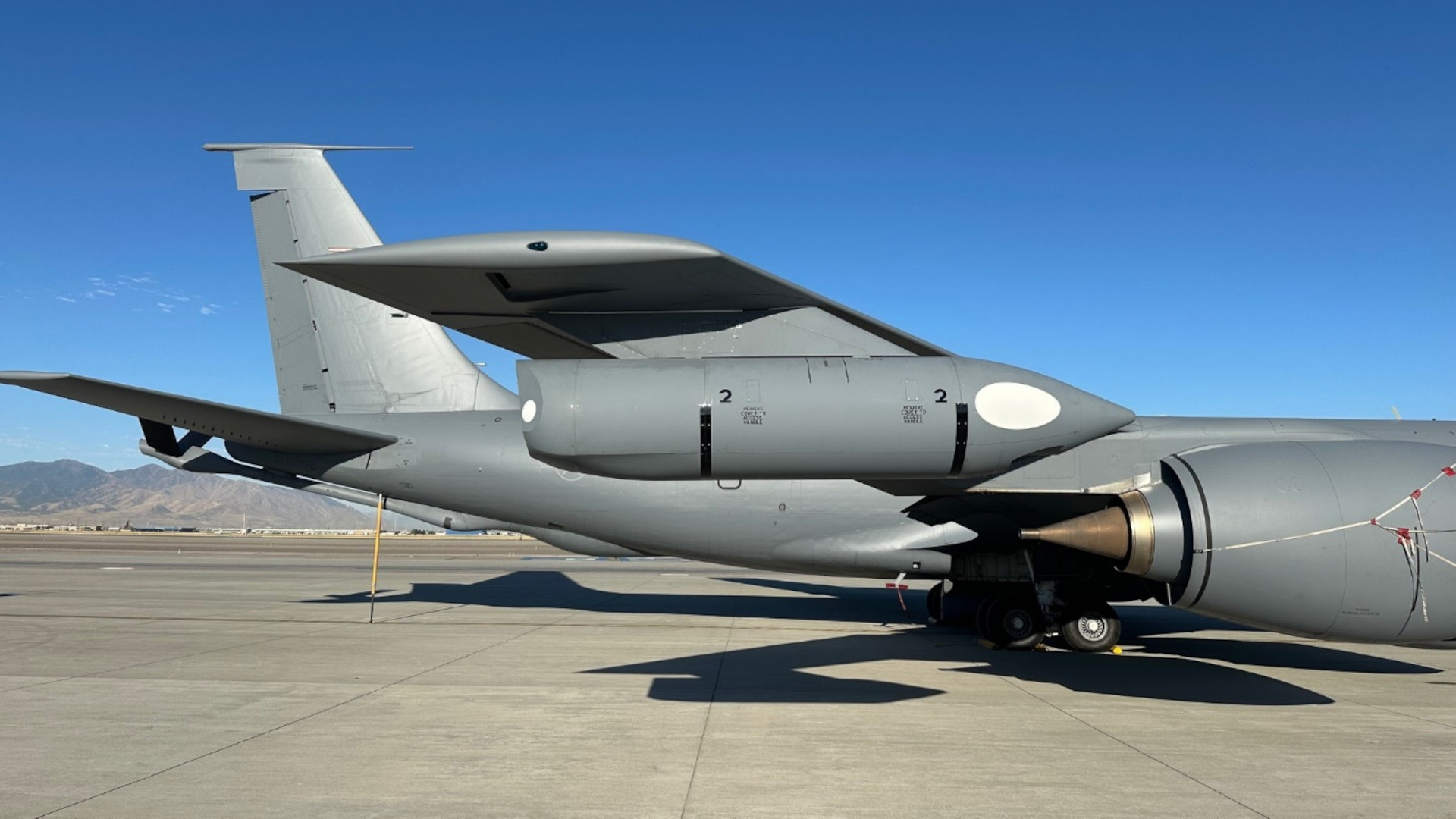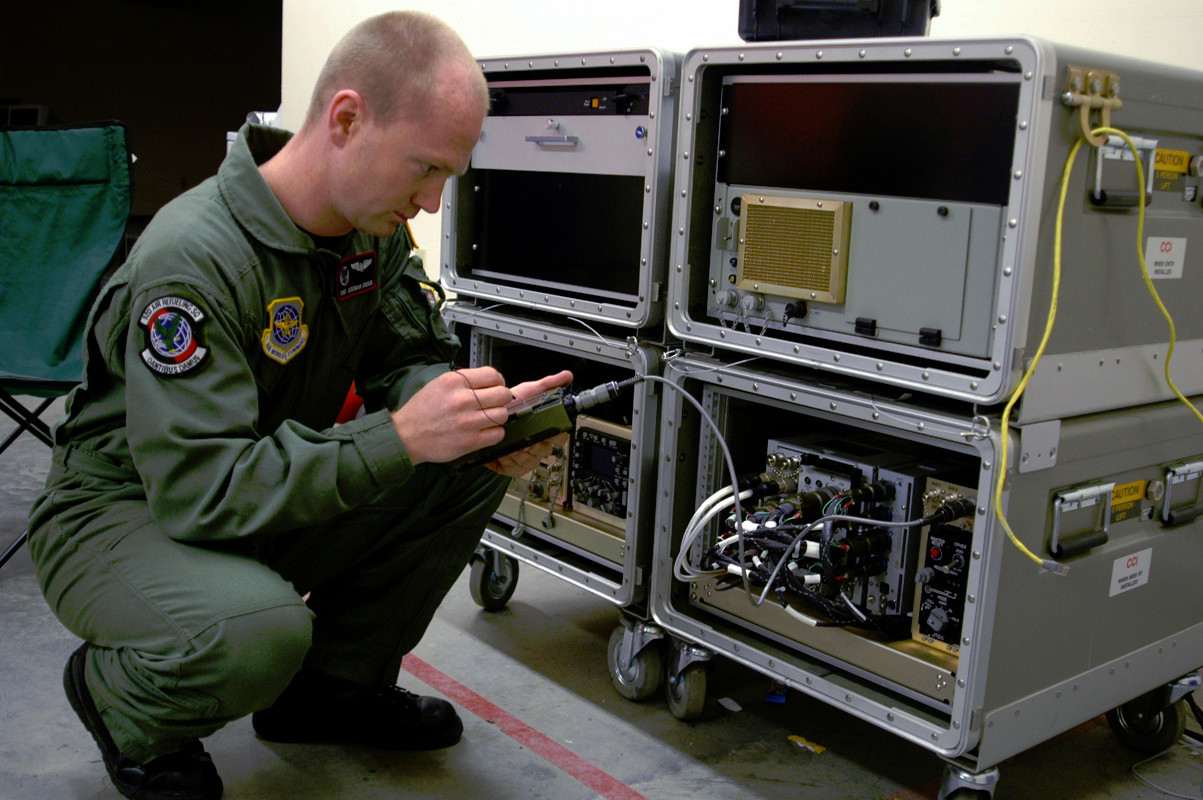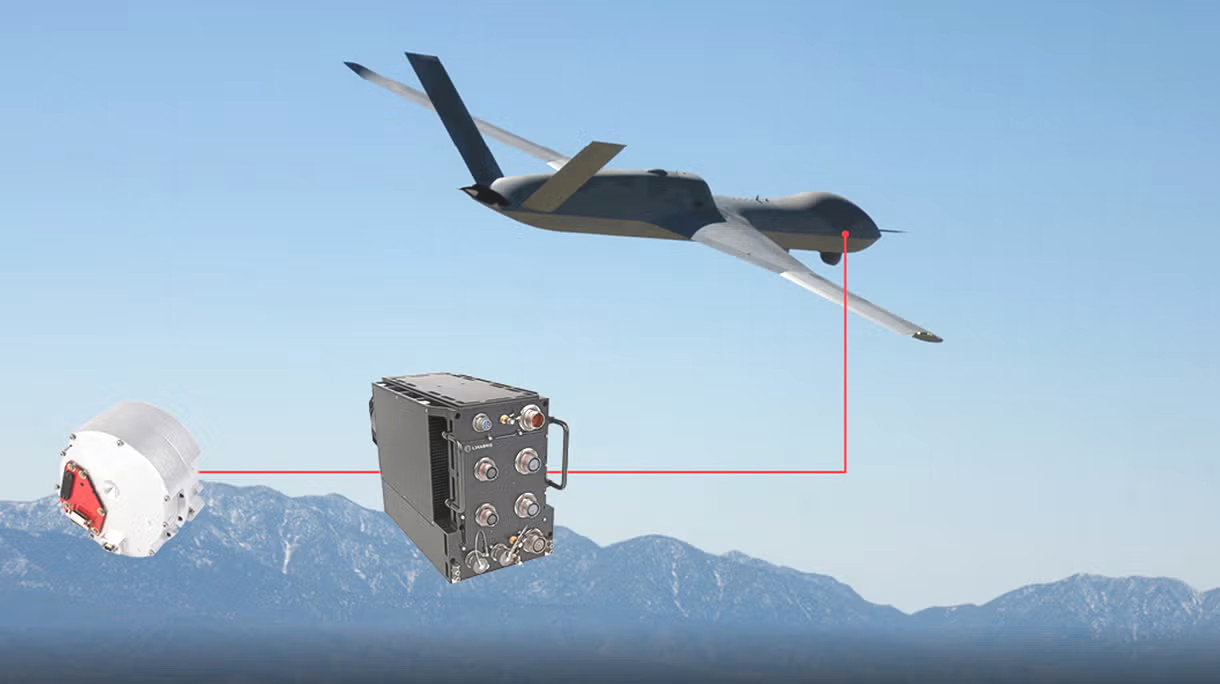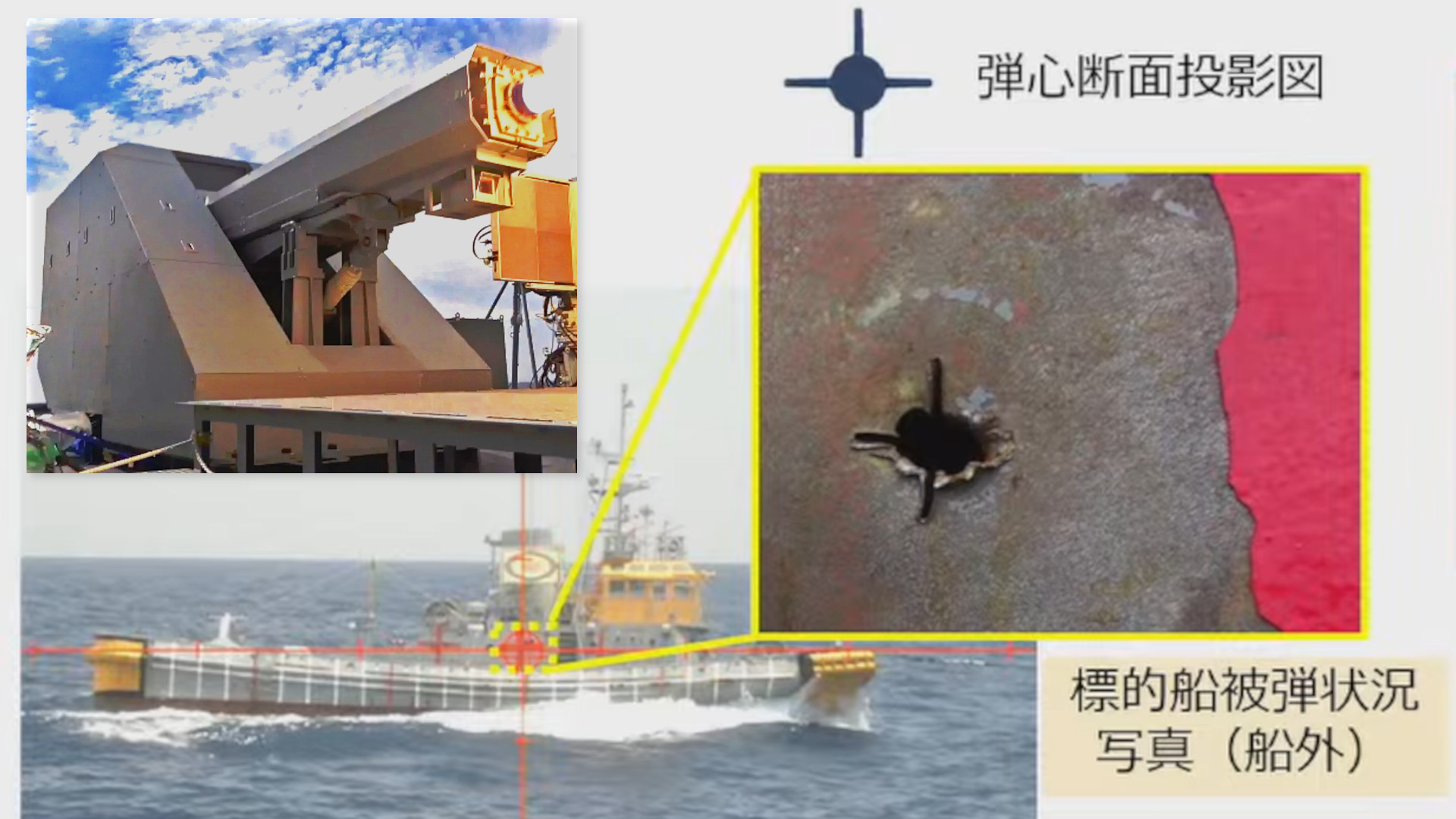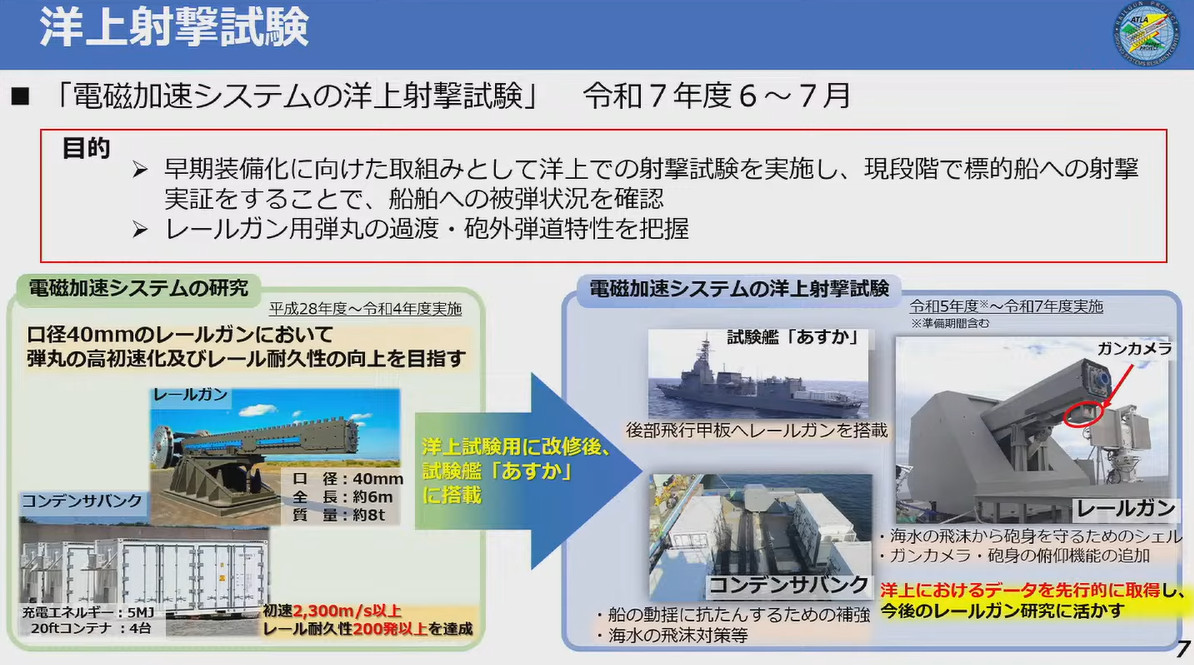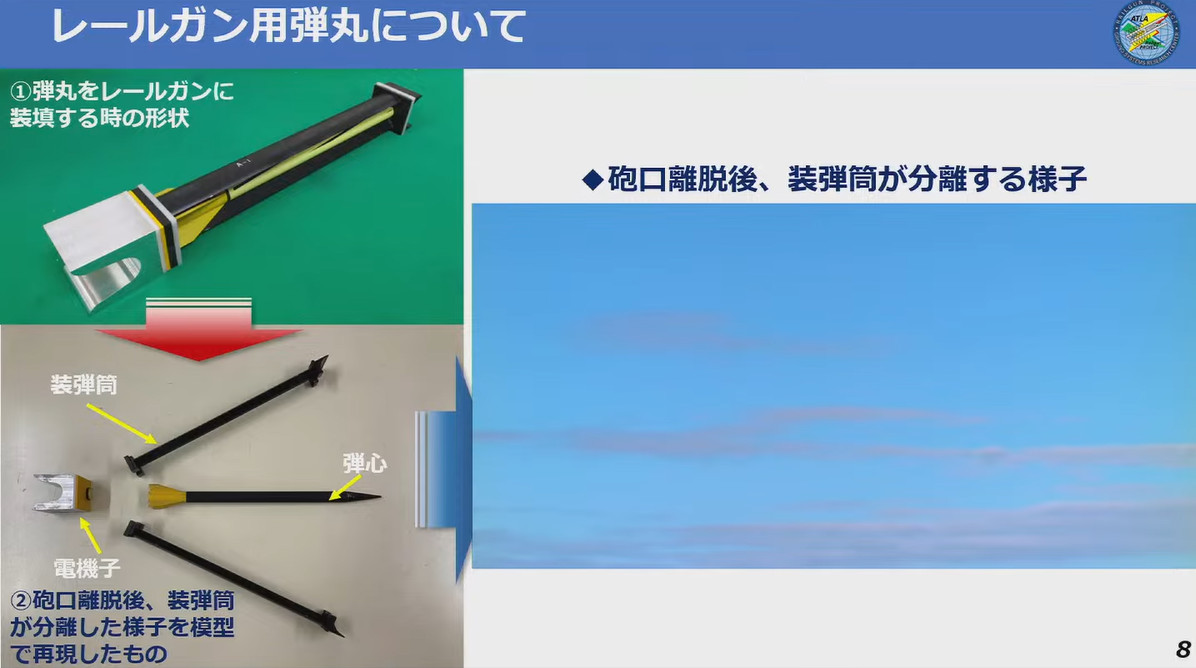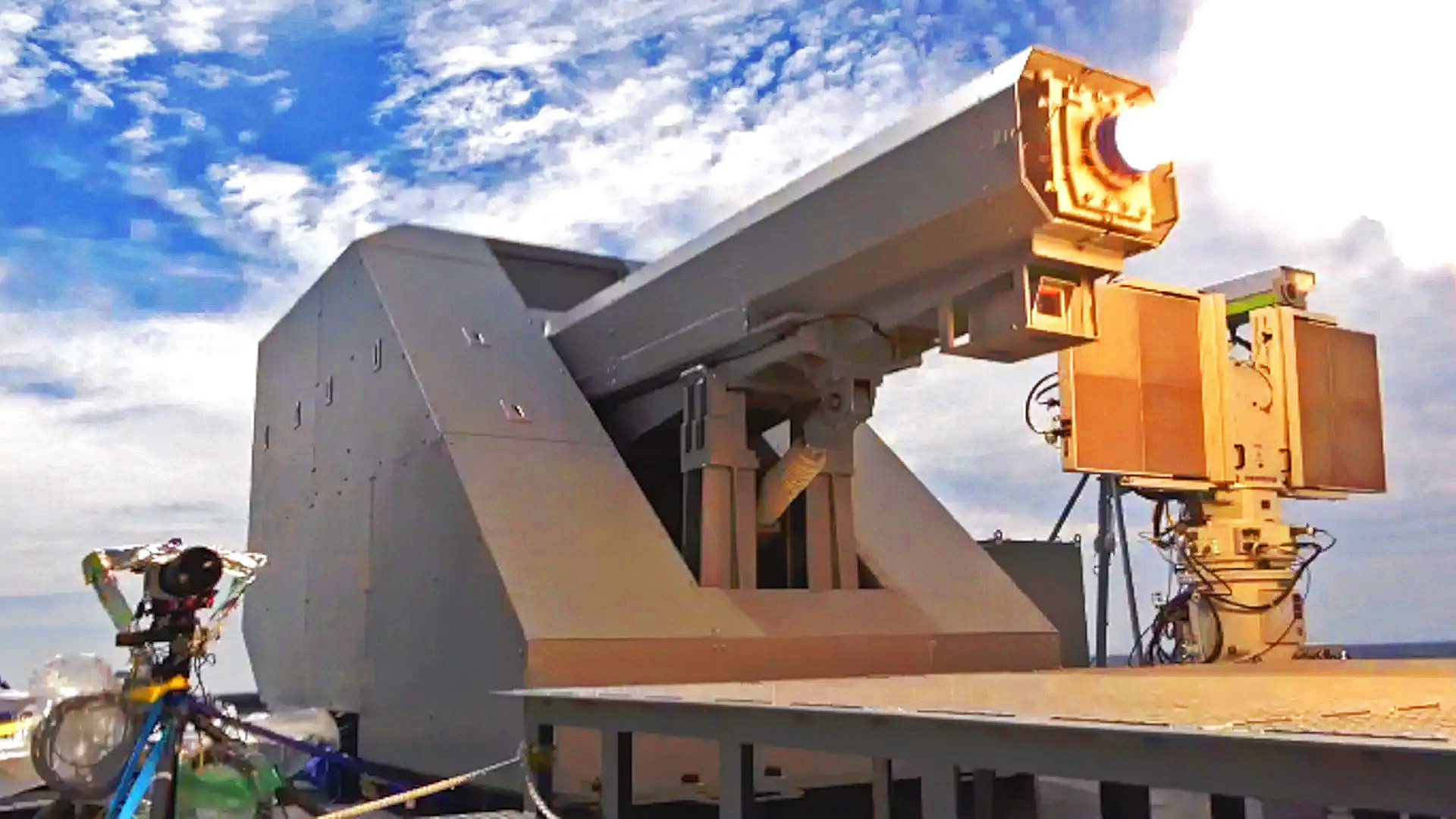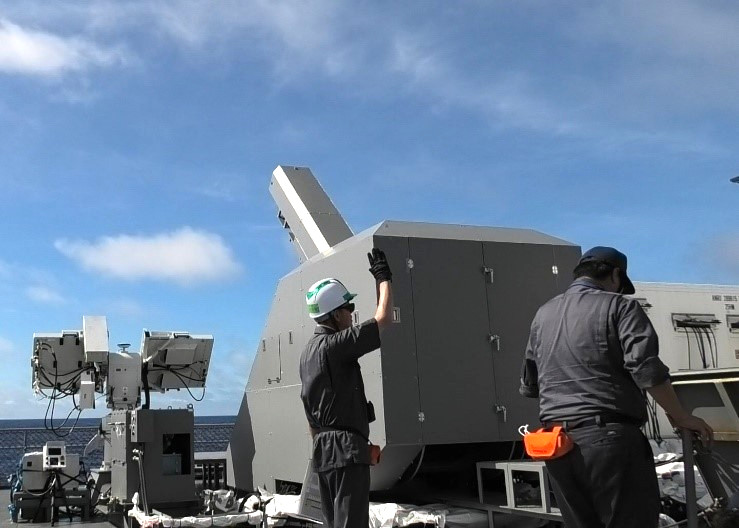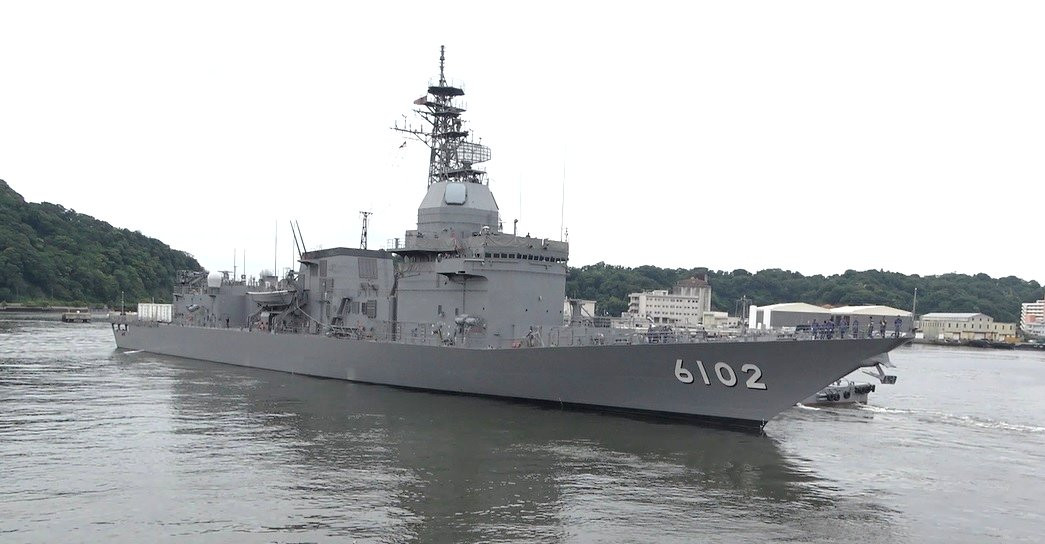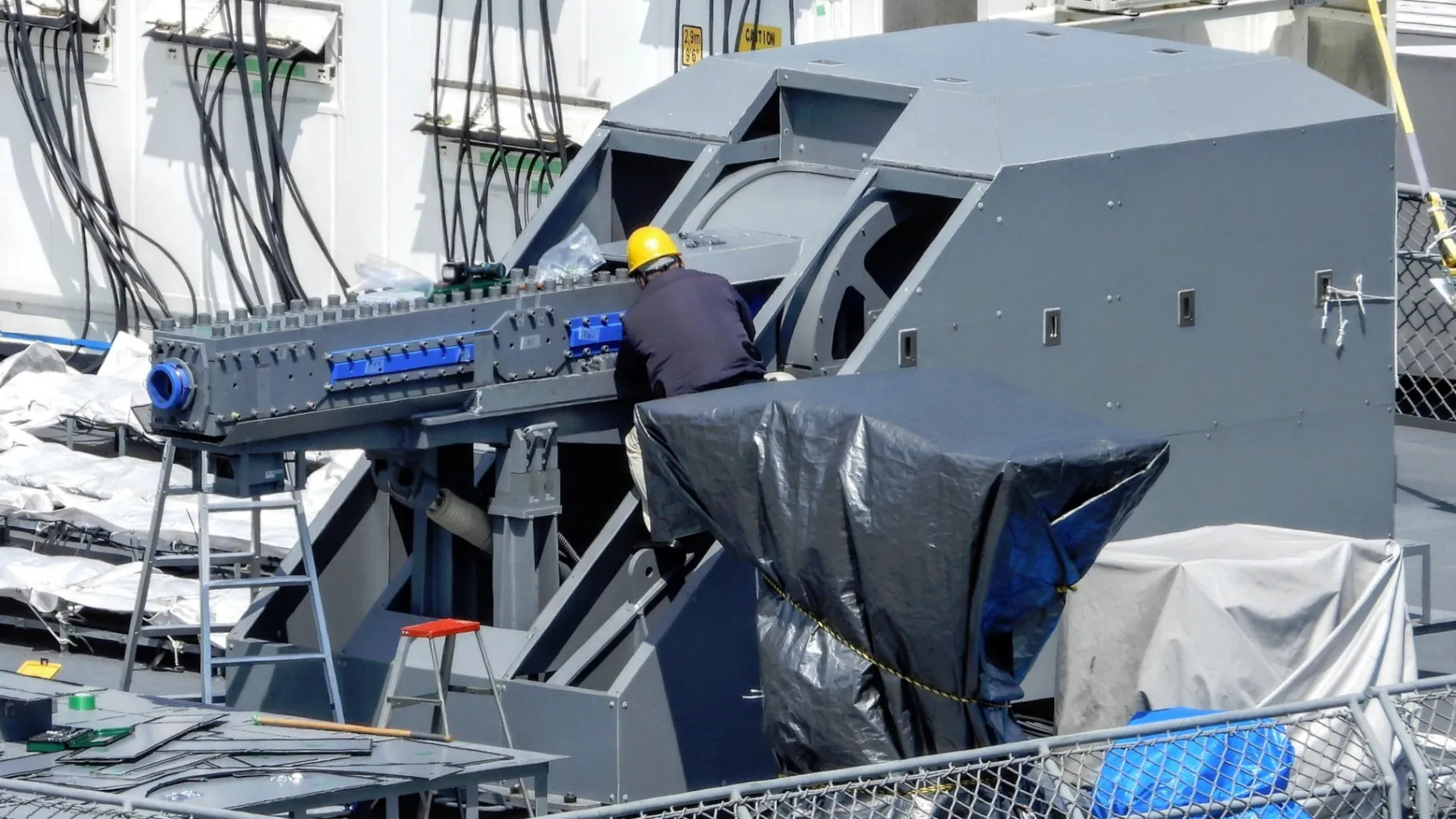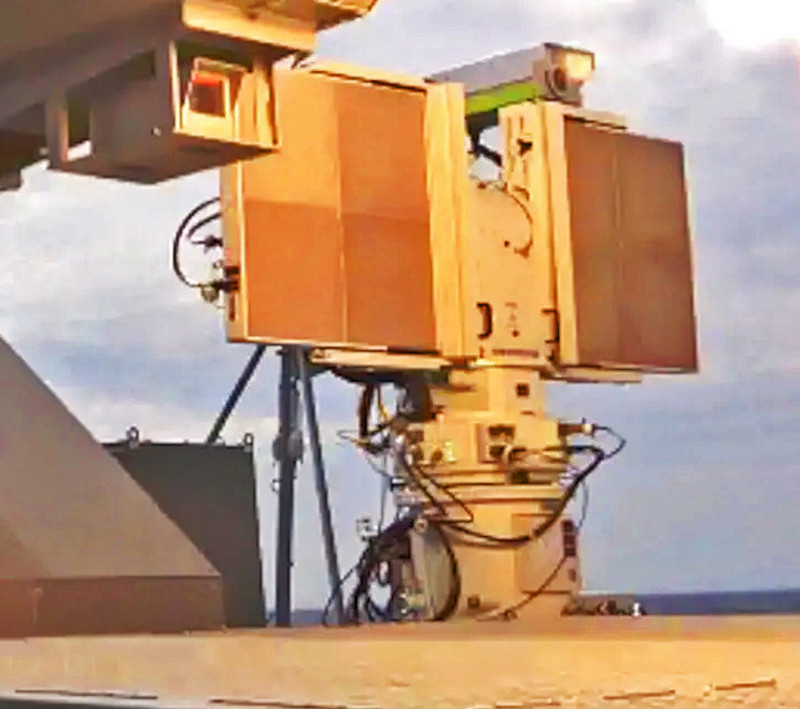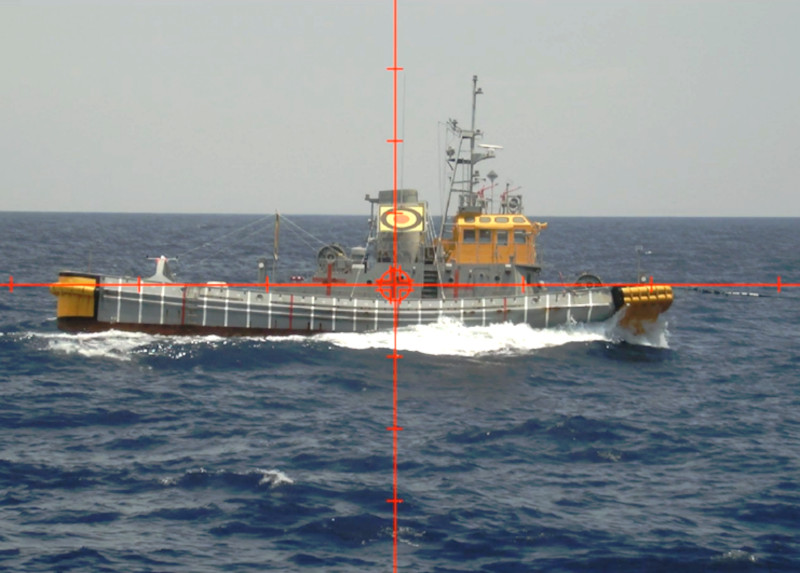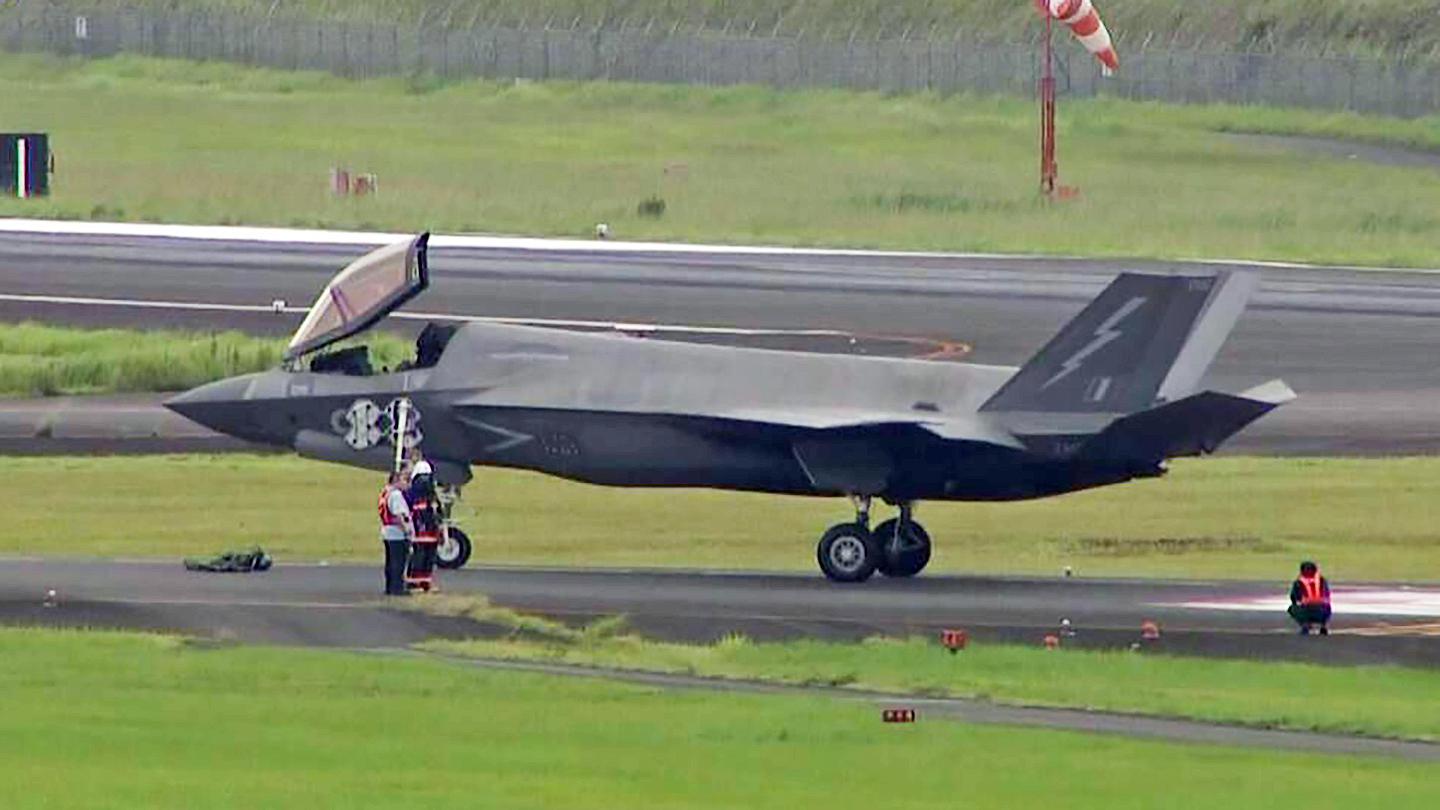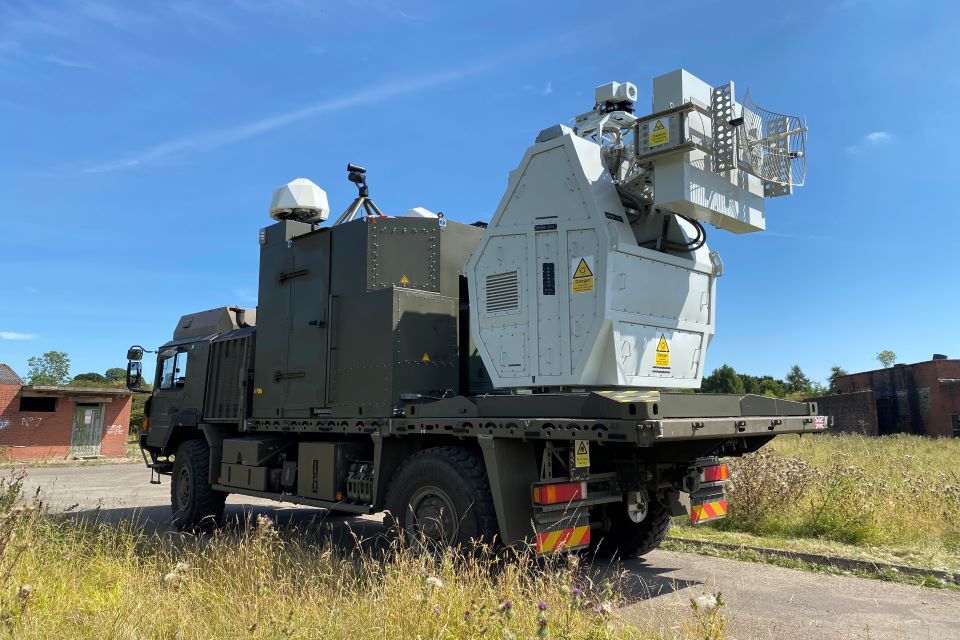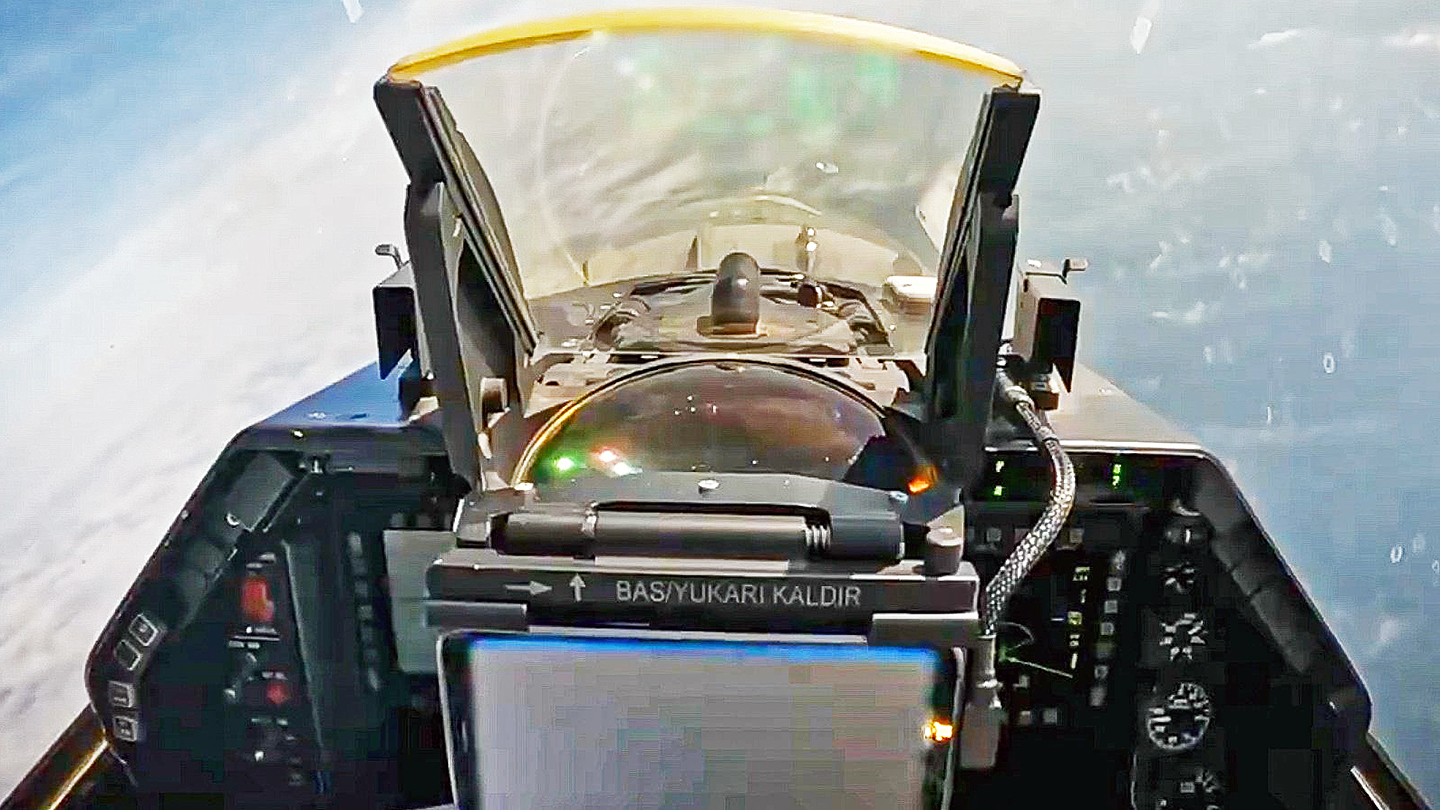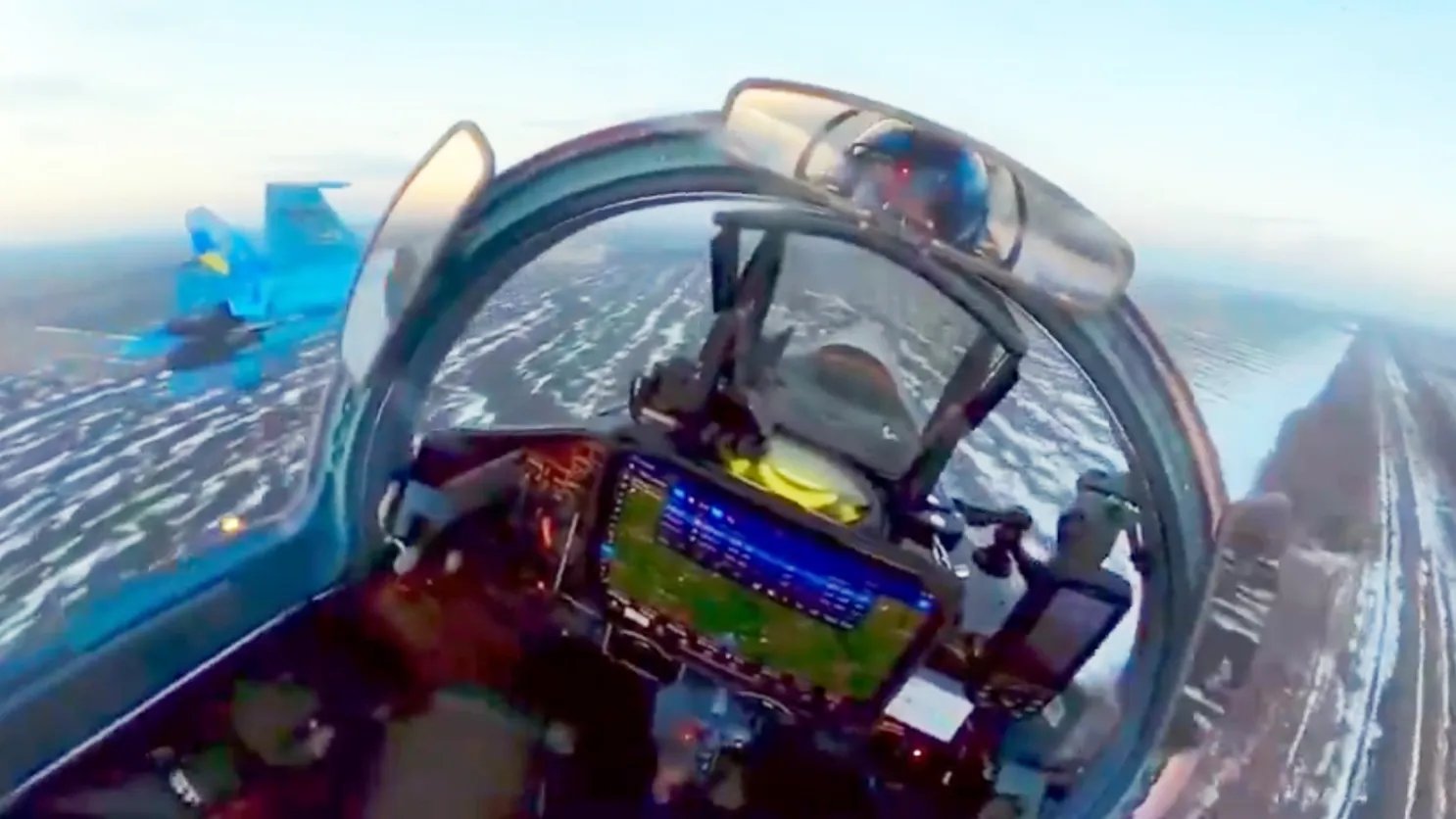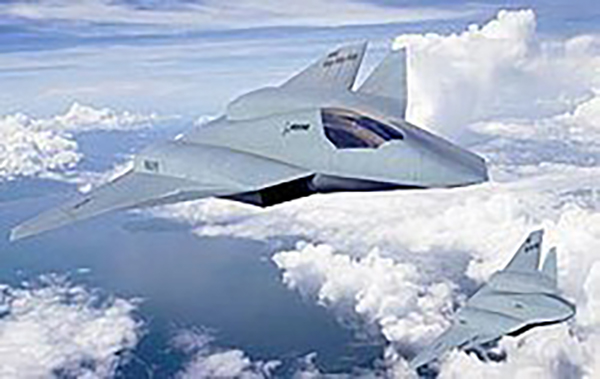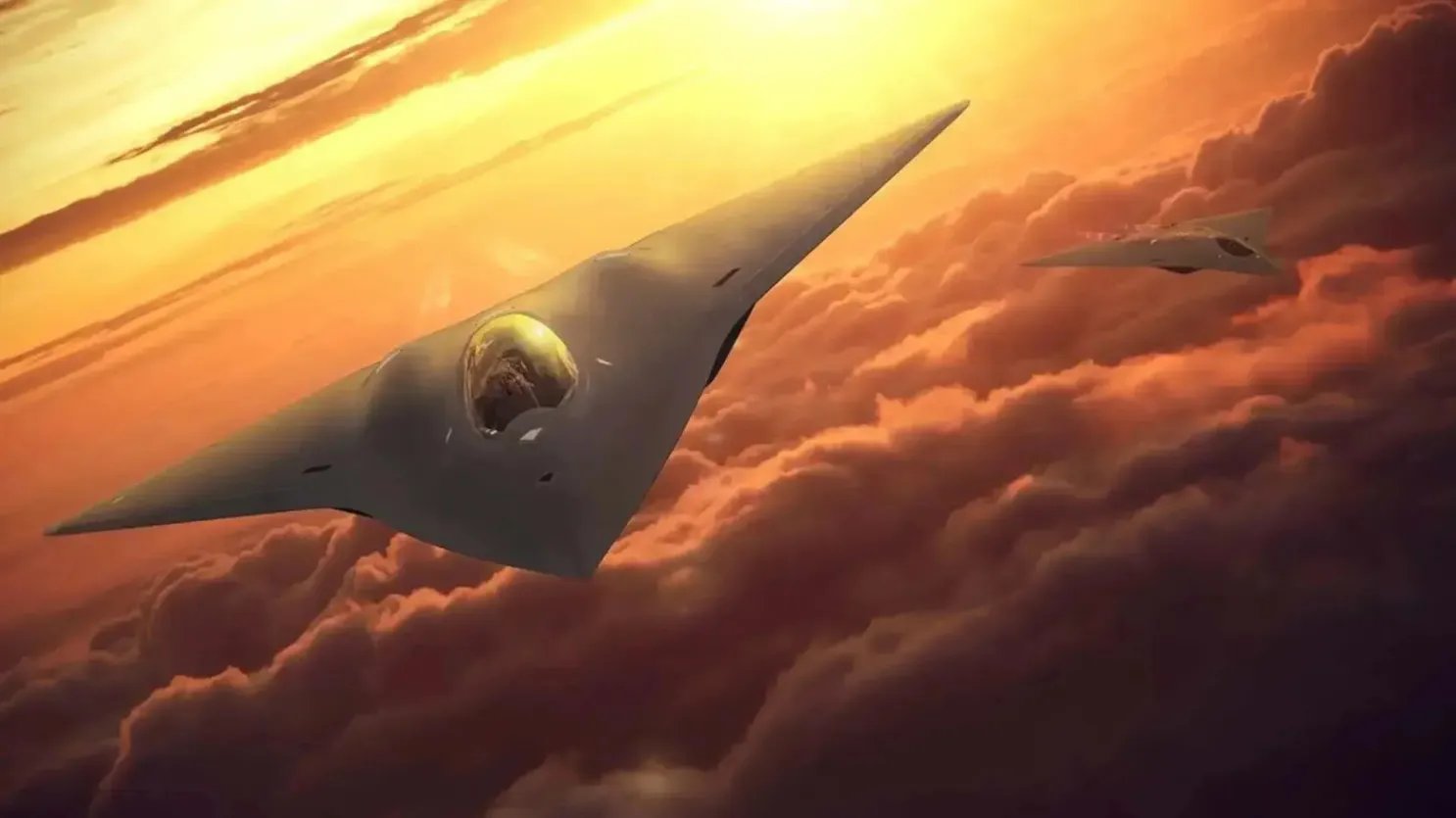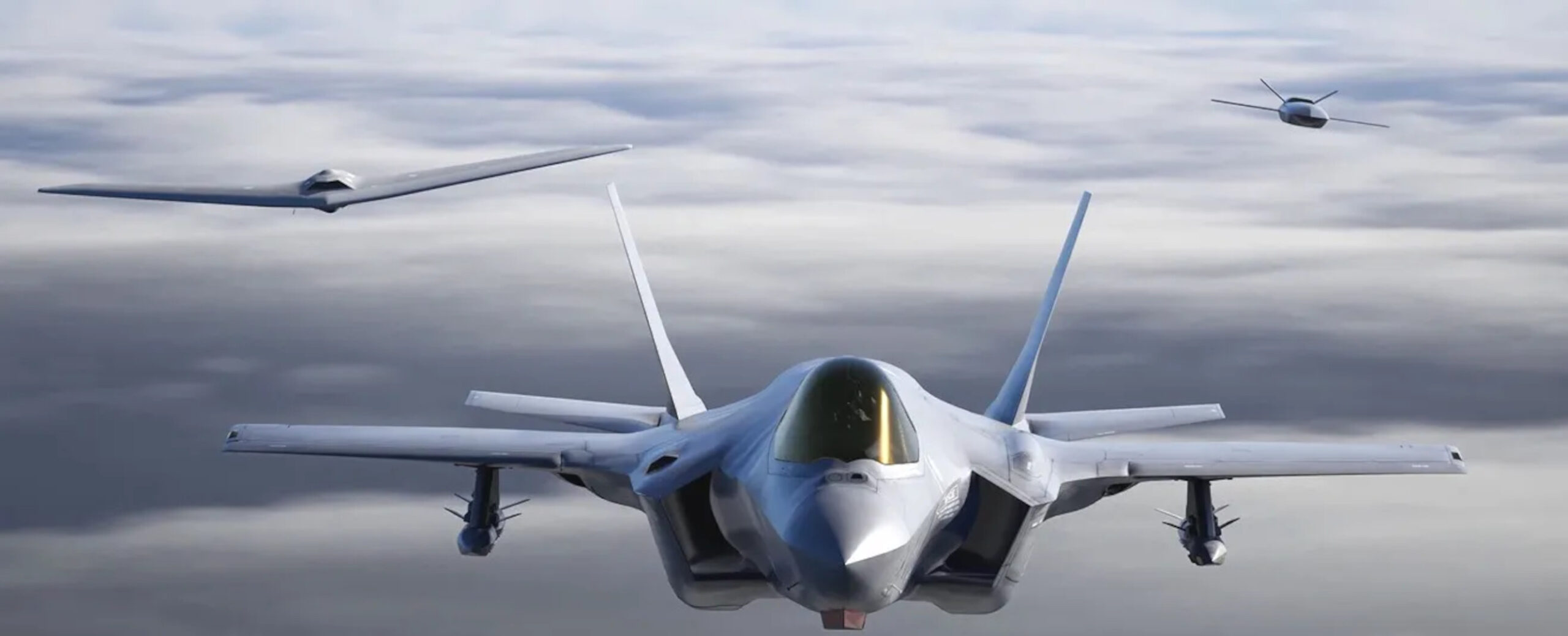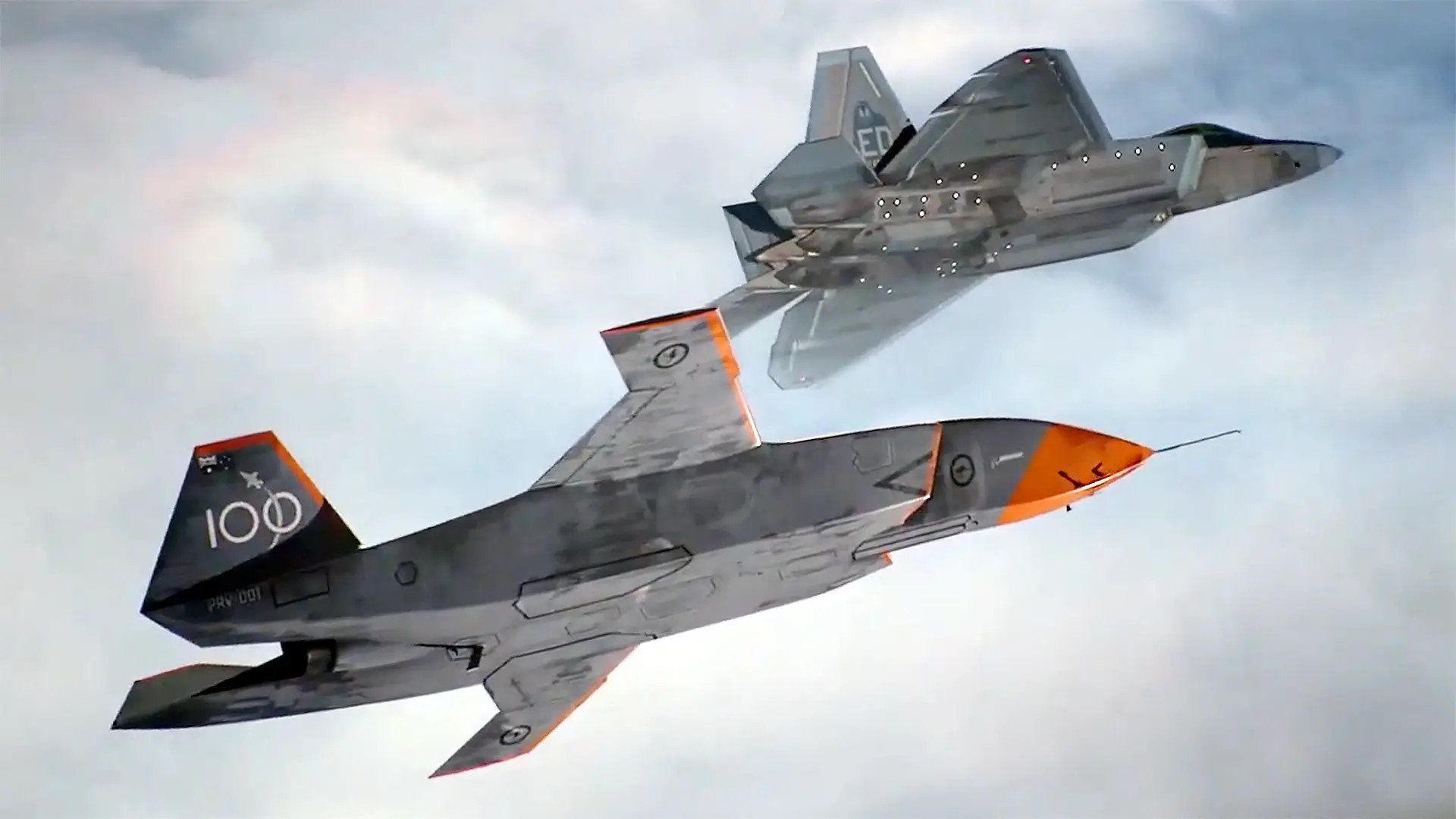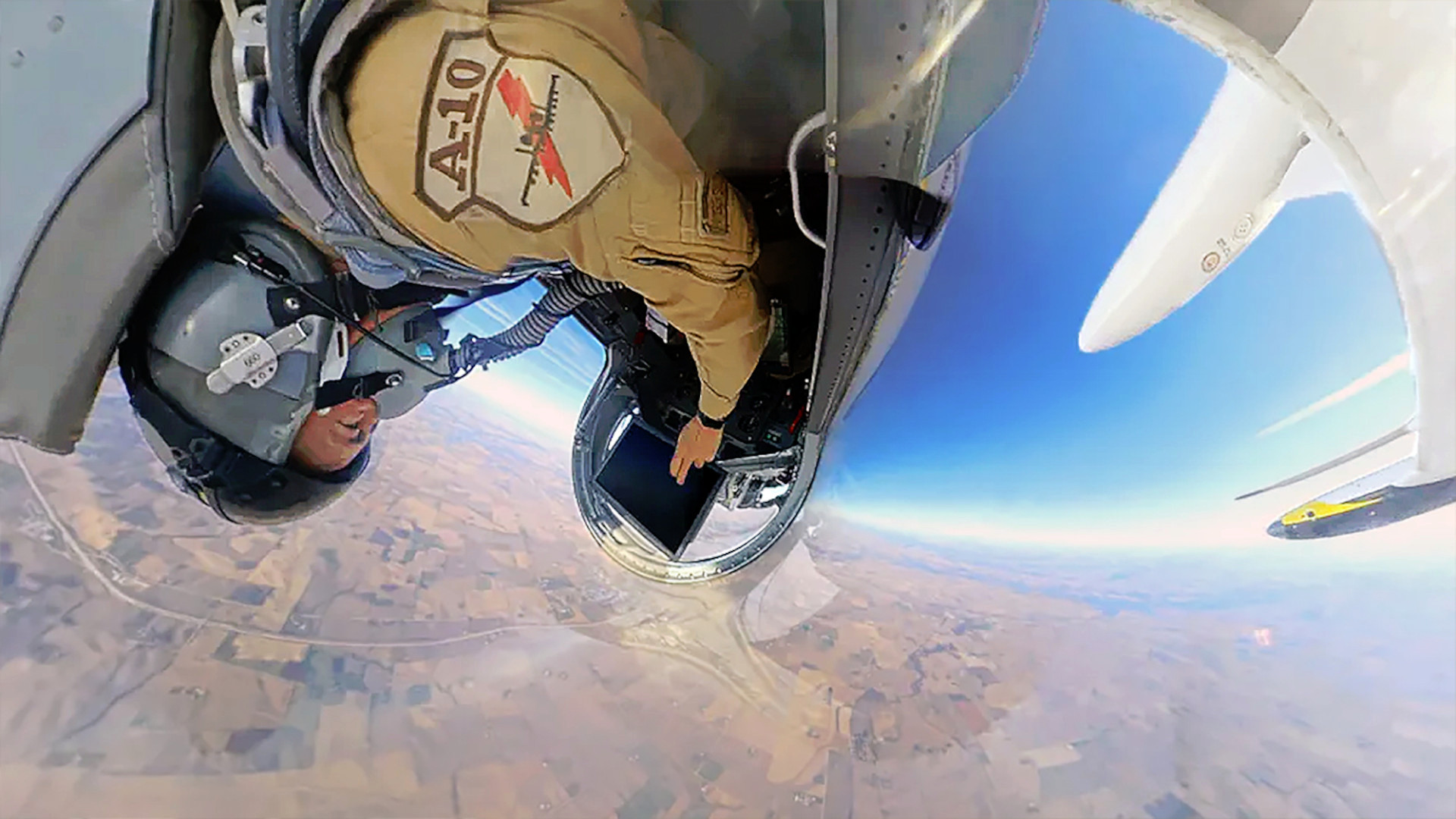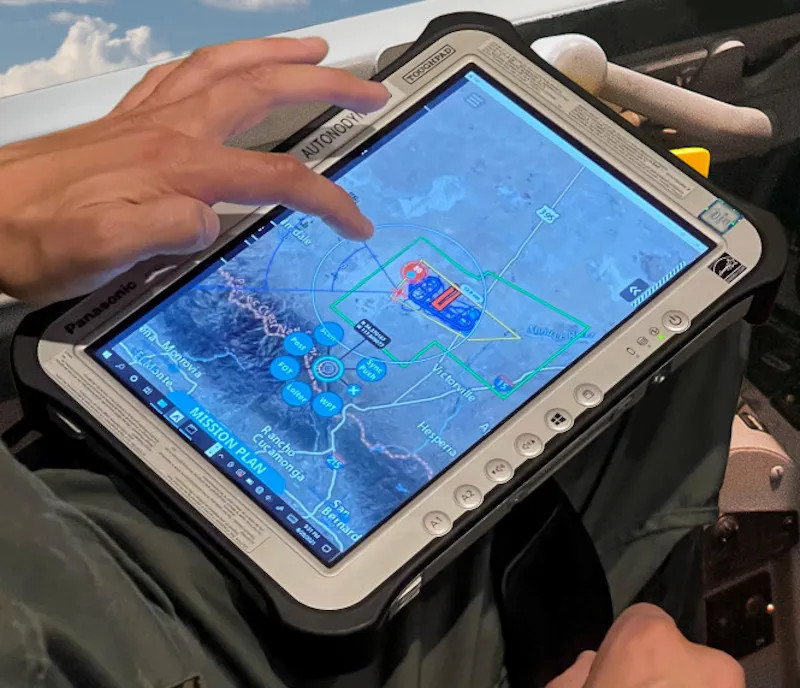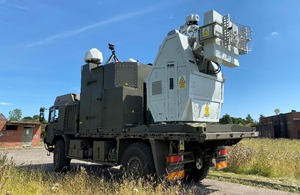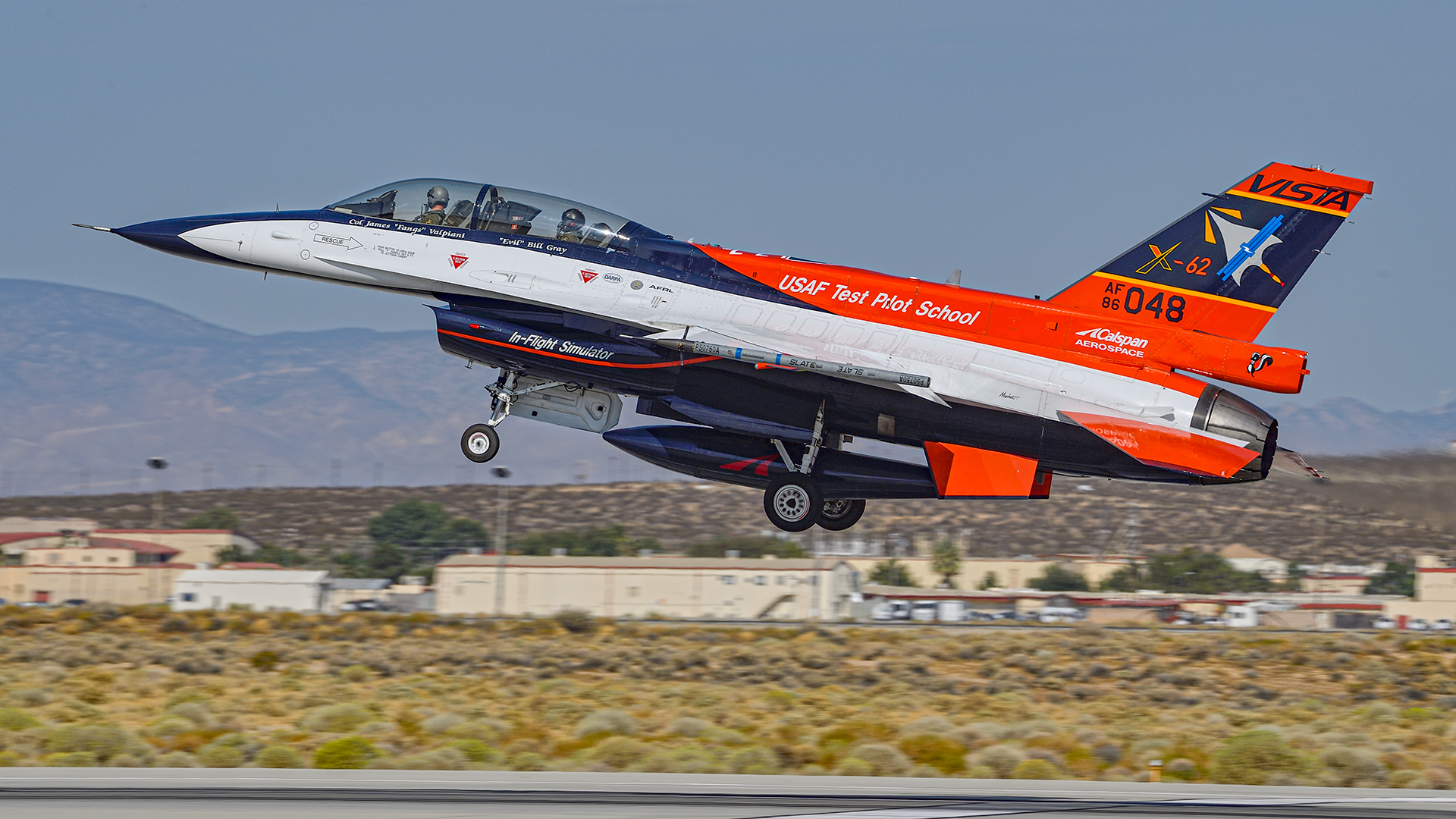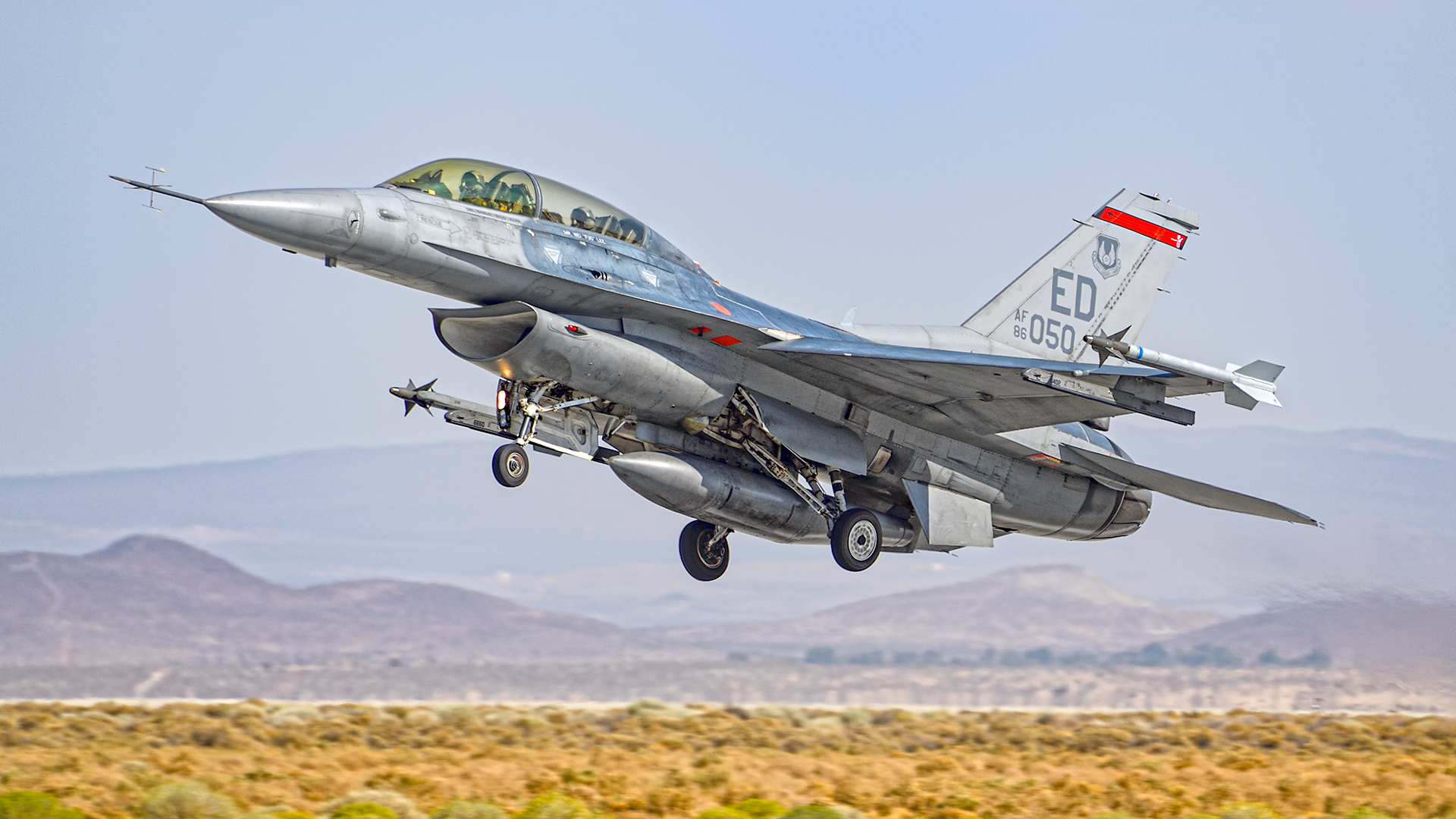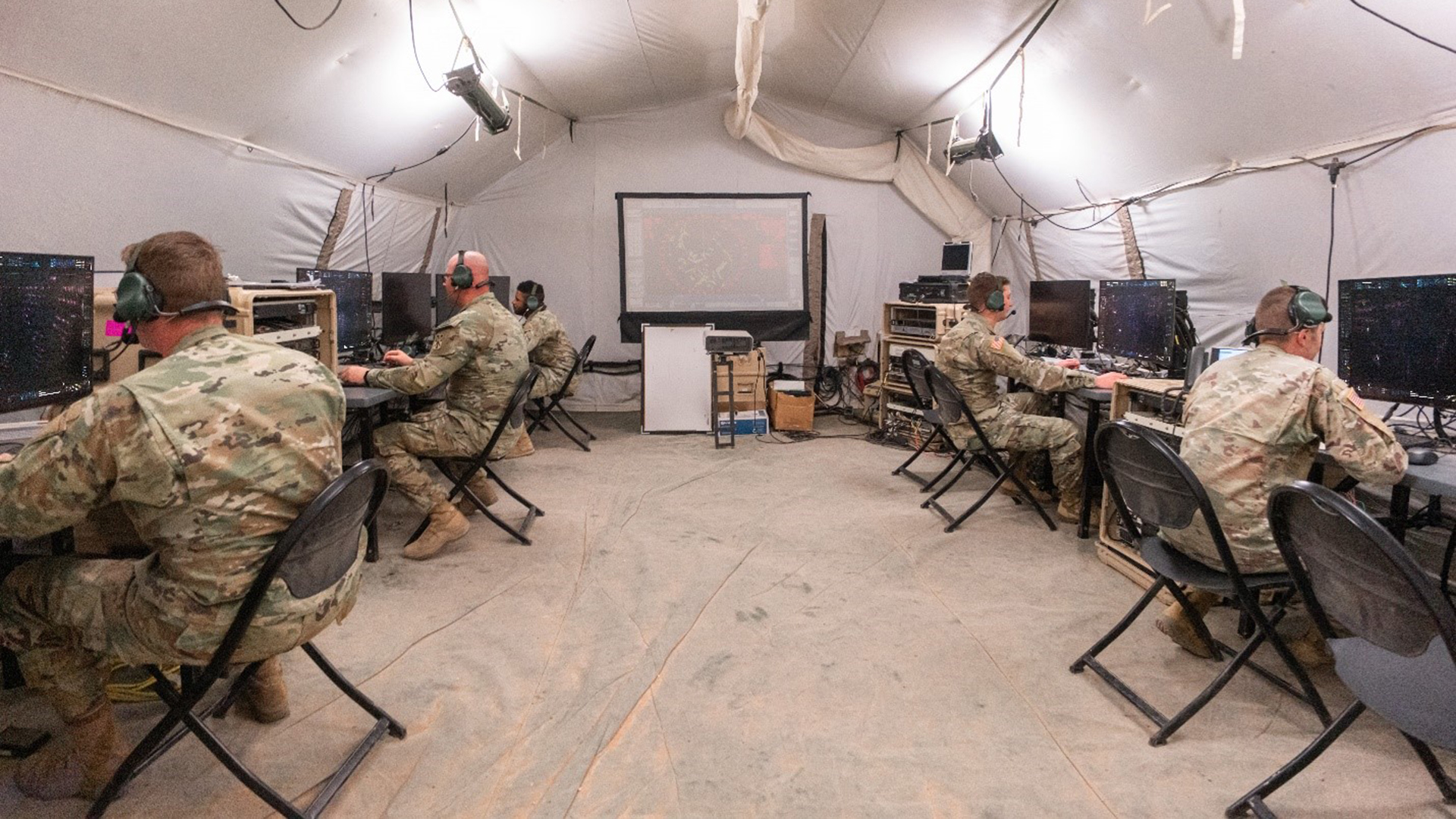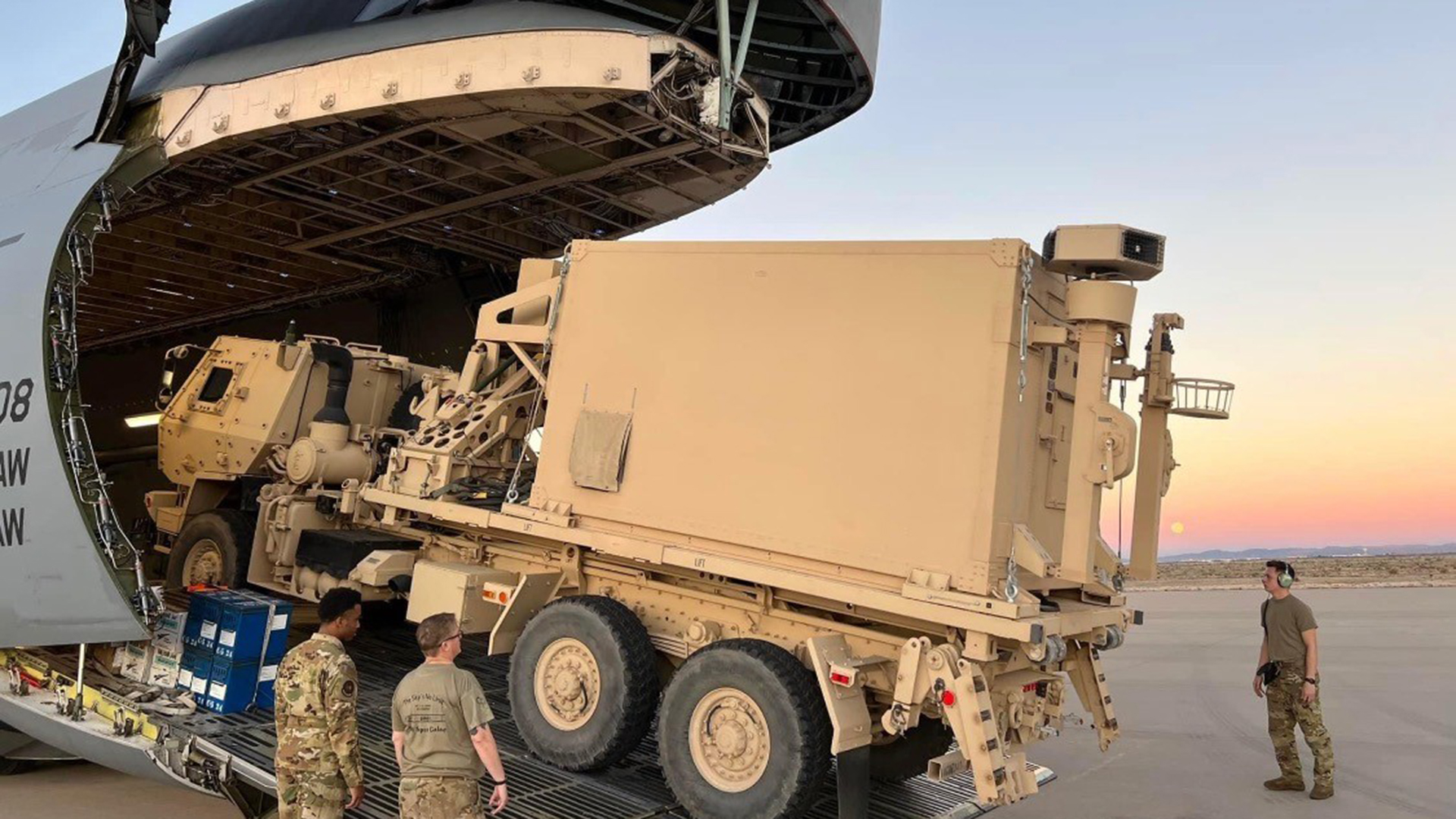Congress has released the final version of the 2026 National Defense Authorization Act (NDAA), and critics have been quick to point out that previously proposed rules giving the US military the right to repair its equipment without having to rely on contractors have gone missing.
The House and Senate versions of the NDAA passed earlier both included provisions that would have extended common right-to-repair rules to US military branches, requiring defense contractors to provide access to technical data, information, and components that enabled military customers to quickly repair essential equipment. Both of those provisions were stripped from the final joint-chamber reconciled version of the bill, published Monday, right-to-repair advocates at the US Public Interest Research Group (PIRG) pointed out in a press release.
Support for the military’s right to repair is so broad, and it’s one of the few issues where liberal Democrats in Congress are aligned with President Trump. Senators Elizabeth Warren (D-MA) and Tim Sheehy (R-MT) even introduced a bill over the summer that would have legislated “fair and reasonable access” to necessary parts and information that would enable the US military to fix gear faster than farmers with broken John Deere tractors. That bill, referred to the Senate Armed Services Committee in July, hasn’t budged since.
In other words, the 2026 NDAA was the latest best hope to give the troops some repairability leeway.
“Despite support from Republicans, Democrats, the White House, and key military leaders, troops will keep waiting for repairs they could perform themselves,” PIRG legislative associate Charlie Schuyler said in the group’s statement. “Taxpayers will keep paying inflated costs. And in some cases, soldiers might not get the equipment they need when they need it most.”
The US military has been waging a war to achieve the right to repair its own equipment for some time, with the effort accelerating during the second Trump administration. The US Army, for example, has taken it upon itself to demand that future contracts include right to repair provisions, while the Navy has told Congress that it wants the right to repair its own gear, too.
In the Navy’s case, part of that was motivated by incredibly costly repairs needed for the USS Gerald R. Ford, a nuclear-powered aircraft carrier with a crew of 4,500 that, at one point, had six of eight kitchen ovens out of commission. The support contract for ship maintenance barred sailors from fixing the ovens themselves, even if they could do it.
“The Trump administration, in addition to the Secretaries of the Army, Navy, and Air Force, have all expressed support for military Right to Repair,” PIRG said in its press release.
Isaac Bowers, PIRG’s federal legislative director, told The Register that, while it’s hard to fathom a reason the repairability provisions were stripped from the final bill, he has a sneaking suspicion: Defense industry lobbying.
The right-to-repair provisions “were opposed by a defense industry that has deep pockets, influence on Capitol Hill and a lot invested in the U.S. military continuing to pay their inflated sustainment costs,” Bowers told us.
[…]
Source: Congress strips right-to-repair from military spending bill • The Register



